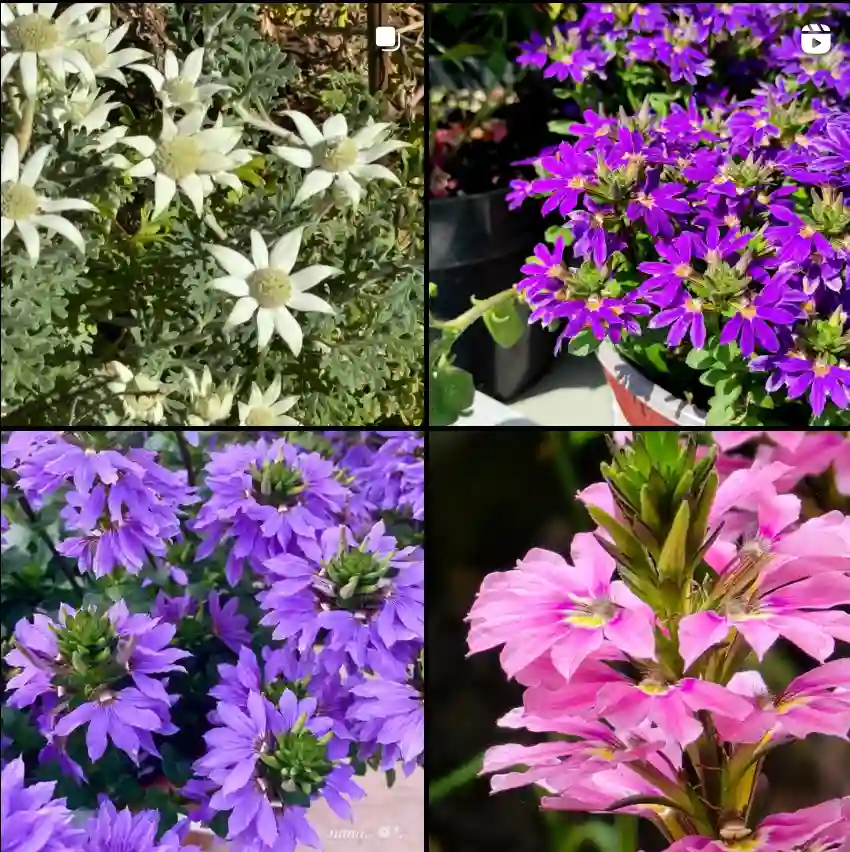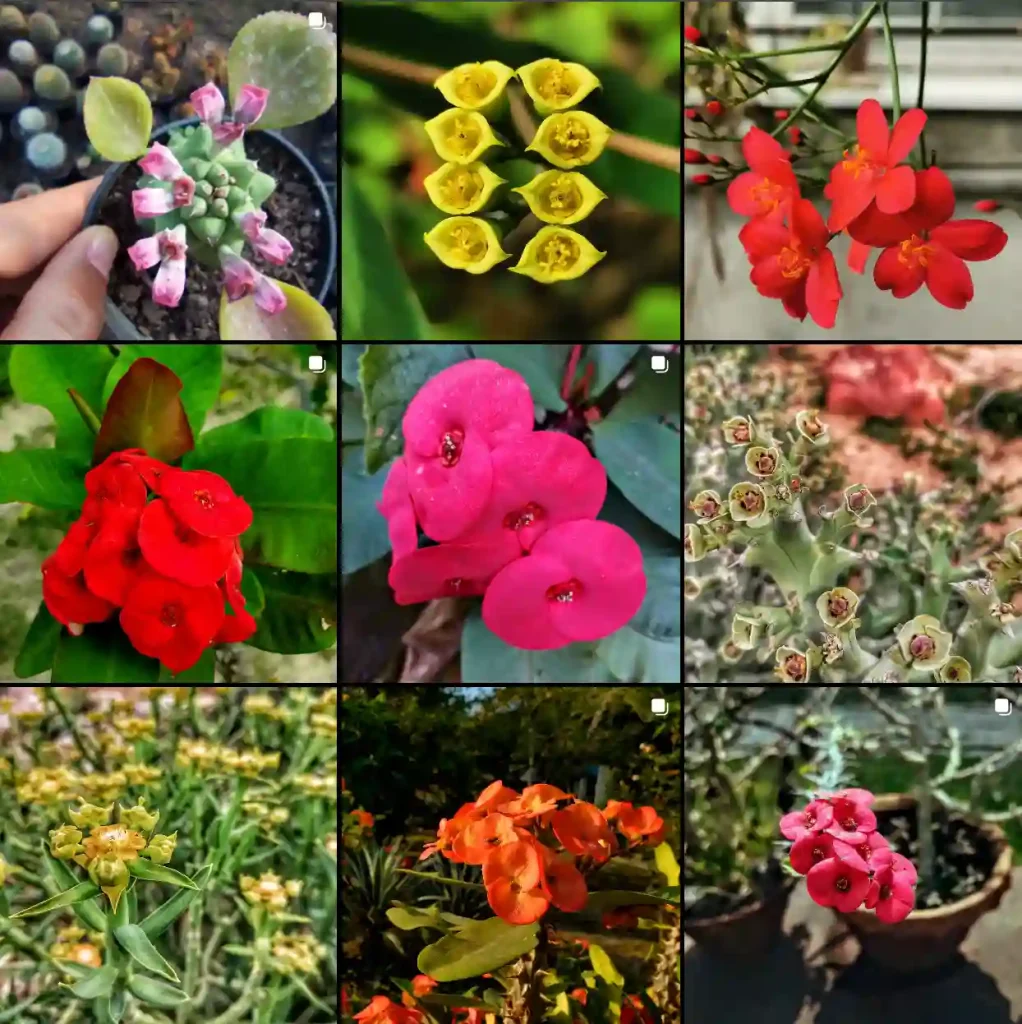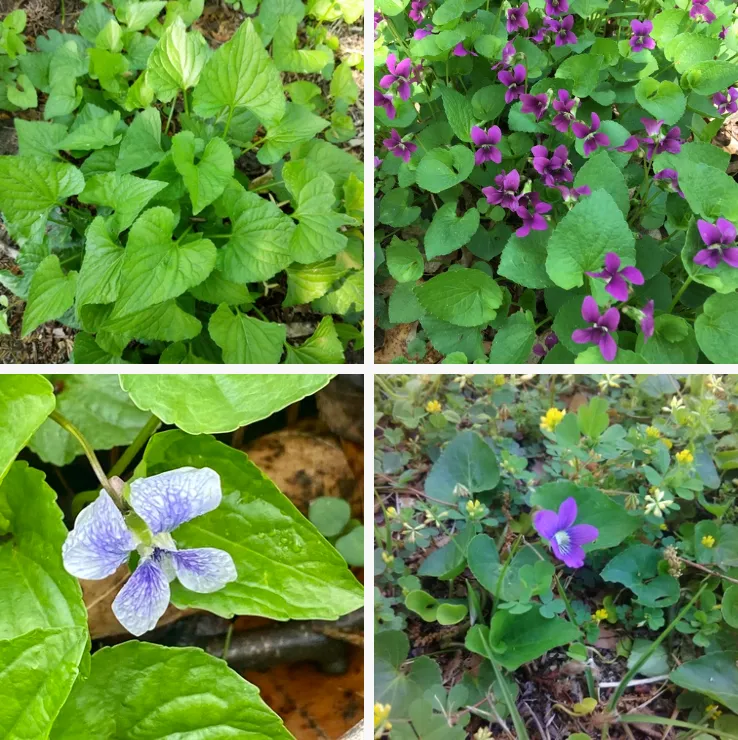
March 24 – Cosmos
"Cosmos, the starburst flower, represents March 24."
This vibrant flower symbolizes order and balance. You are organized and thoughtful, with a knack for bringing harmony to chaotic situations. Like Cosmos, you bring beauty and structure to life.
My Adventures in the Cosmos: Growing a Showstopping Flower
Cosmos is the genus belong to the Asteraceae family. The name itself evokes a sense of vastness and wonder, like peering into the swirling galaxies above. But these aren’t just celestial wonders – cosmos are vibrant, easy-to-care-for flowers that bring a burst of color to any garden. My journey with cosmos began a few seasons ago, and it’s been a delightful exploration filled with colorful blooms and a surprising amount of trial and error.
Cosmos species
- Cosmos atrosanguineus (Hook.) Voss Plant FAQs: Cosmos Atrosanguineus – Chocolate Cosmos
- Cosmos bipinnatus Cav. Plant FAQs: Cosmos Bipinnatus
- Cosmos carvifolius Benth.
- Cosmos caudatus Kunth
- Cosmos concolor Sherff
- Cosmos crithmifolius Kunth
- Cosmos deficiens (Sherff) Melchert
- Cosmos diversifolius Otto ex Knowles & Westc.
- Cosmos intercedens Sherff
- Cosmos jaliscensis Sherff
- Cosmos juxtlahuacensis Panero & Villaseñor
- Cosmos landii Sherff
- Cosmos linearifolius (Sch.Bip.) Hemsl.
- Cosmos longipetiolatus Melchert
- Cosmos mattfeldii Sherff
- Cosmos mcvaughii Sherff
- Cosmos modestus Sherff
- Cosmos montanus Sherff
- Cosmos nelsonii B.L.Rob. & Fernald
- Cosmos nitidus Paray
- Cosmos ochroleucoflorus Melchert
- Cosmos pacificus Melchert
- Cosmos palmeri B.L.Rob.
- Cosmos parviflorus (Jacq.) Pers.
- Cosmos peucedanifolius Wedd.
- Cosmos pringlei B.L.Rob. & Fernald
- Cosmos pseudoperfoliatus Art.Castro, Harker & Aarón Rodr.
- Cosmos purpureus (DC.) Benth. & Hook.f. ex Hemsl.
- Cosmos ramirezianus Art.Castro, Harker & Aarón Rodr.
- Cosmos scabiosoides Kunth
- Cosmos schaffneri Sherff
- Cosmos sessilis Sherff
- Cosmos sherffii Melchert
- Cosmos steenisiae Veldkamp
- Cosmos sulphureus Cav. Plant FAQs: Cosmos Sulphureus – Sulfur Cosmos
Are Cosmos Edible?
This was one of the first questions I pondered. While the delicate petals might seem tempting, cosmos are not considered edible for humans. The taste isn’t particularly pleasant, and some sources suggest they might cause mild stomach upset. But fear not, fellow gardeners! Cosmos are a feast for the eyes, not the stomach.
What Do Cosmos Seeds Look Like?
Cosmos seeds are small, dark brown, and roughly triangular in shape. They resemble miniature daggers, ready to conquer your garden bed. Don’t let their fierceness fool you, though – they’re surprisingly easy to germinate.
How to Deadhead Cosmos?
Deadheading, the process of removing spent flowers, is crucial for keeping your cosmos blooming all season long. It encourages the plant to focus its energy on producing new blooms instead of setting seed. Simply snip off the faded flowers just below the head, using clean shears or pruners.
Pro Tip: Deadheading also helps maintain a tidy appearance in your flower bed.
Are Cosmos Poisonous to Cats?
This is a vital concern for any cat owner with a blooming garden. Thankfully, cosmos are not considered toxic to cats. However, it’s always best to supervise your feline friends around any plants. Chewing on leaves or flowers can cause mild stomach upset, so keeping them out of reach is a good idea.
How to Harvest Cosmos Seeds?
If you want to save seeds for next season’s planting, here’s what to do. Let a few flower heads dry completely on the plant. The seed heads will turn brown and papery, and the seeds will become visible inside. Carefully cut the head off the stem and place it in a paper bag. Gently crush the head to release the seeds, and winnow them to remove any chaff. Store the seeds in a cool, dry place until spring planting.
Why Are My Cosmos Not Flowering?
There are a few reasons why your cosmos might not be putting on a show. Here are some possibilities:
- Not Enough Sun: Cosmos thrive in full sun, meaning they need at least 6-8 hours of direct sunlight daily. Shade could be hindering their blooming potential.
- Overcrowding: Cosmos like a bit of breathing room. Ensure your plants are spaced according to the recommended distance on the seed packet.
- Overfertilization: Too much nitrogen fertilizer can encourage lush foliage growth at the expense of flowers. Opt for a fertilizer balanced in nitrogen, phosphorus, and potassium.
- Starting Seeds Too Late: Cosmos are cool-season flowers, and starting seeds indoors too late can lead to missed blooms. Aim to sow them directly outdoors in early spring.
Additional Adventures in Cosmos
My exploration of cosmos goes beyond just the basic care. Here are some other interesting tidbits I’ve discovered:
- What to Plant with Cosmos: Cosmos are excellent companions for other summer bloomers like zinnias, butterfly weed, and marigolds.
- How to Care for Cosmos: These low-maintenance beauties require minimal care. Regular watering during dry spells and occasional deadheading are all they need to thrive.
- How to Propagate Cosmos: In addition to saving seeds, you can propagate cosmos by division in early spring. Simply dig up a mature clump and carefully divide it into smaller sections with healthy roots.
My adventures with cosmos have been a delightful journey of color, ease, and endless possibilities. These vibrant flowers are a perfect addition to any garden, offering a touch of the cosmos right in your backyard. So, grab some seeds, get planting, and prepare to be amazed by the beauty of these celestial wonders.
If i die, water my plants!



